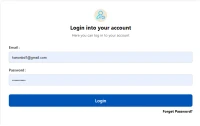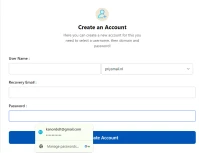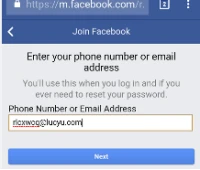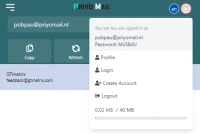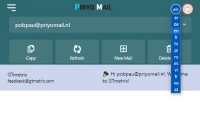- Copy
- Refresh
- Delete Mail
Temporary email 2024
12 Jul 2024
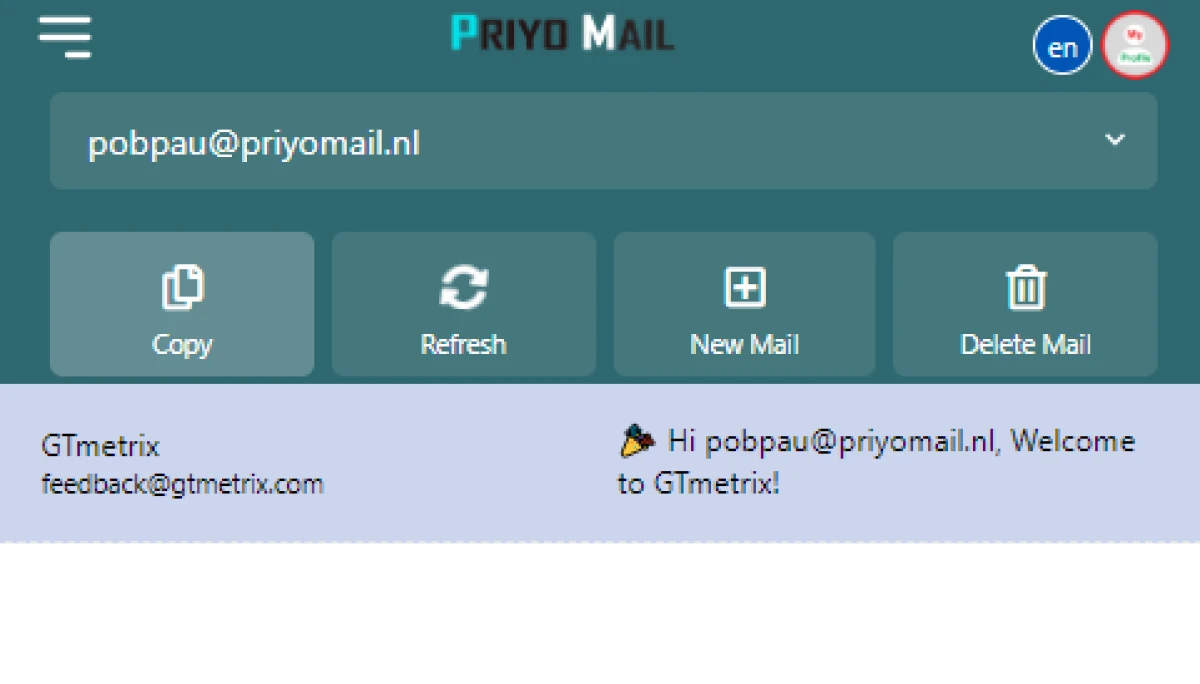
temporary email address, there are several services you can use. Here are some options:
-
Priyo email: This service provides free and fast disposable email addresses. You can create one in just two easy steps, and it’s commonly used by professionals worldwide. It helps protect your privacy by preventing spam in your personal inbox.
-
Temp Mail: Another popular choice, Temp Mail offers temporary email addresses that work instantly. It’s great for various purposes, including buying and selling Bitcoins, creating dating profiles, and quick registrations.
-
10 Minute Mail: As the name suggests, this service gives you an email address that lasts for 10 minutes. It’s useful for short-term needs, such as verifying accounts or receiving confirmation emails.
Here are some of the best ones for 2024:
-
1Password: A versatile choice with apps for Windows, macOS, Linux, Android, and iOS. It’s user-friendly and offers robust security features.
-
Dashlane: Known for its premium features, Dashlane works on Windows, macOS, iOS, iPadOS, Android, and as a web app. It’s great for managing passwords and secure form filling.
-
Keeper Security Password Manager: Available on Mac, Windows, Linux, iOS, iPadOS, and Android, Keeper offers emergency access options and strong security.
-
LastPass: Compatible with Windows, Mac, Linux, iOS, and Android, LastPass is widely used and reliable.
-
RoboForm: Works on Windows, Mac, iOS, Android, Linux, and Chrome OS. It excels in form-filling capabilities.
-
Bitwarden: A free password manager with apps for Windows, macOS, Linux, iOS, Android, and browsers.
-
Length Matters: Aim for a password that’s at least 12 characters long. Longer passwords are generally more secure.
-
Avoid Common Words: Don’t use easily guessable words like “password,” “123456,” or your name. Hackers often try common phrases first.
-
Mix It Up: Combine uppercase and lowercase letters, numbers, and special characters (e.g., !, @, #, $, %). For example:
P@ssw0rd!. -
Avoid Patterns: Refrain from using sequential or repeated characters (e.g., “abcdef” or “111111”).
-
Unique for Each Account: Use a different password for each online service. If one account gets compromised, the others remain secure.
-
Passphrases: Consider using a passphrase—a longer sequence of random words. For instance: “BlueSky$Coffee@Mountain!”
-
Avoid Personal Information: Don’t include your name, birthdate, or other easily accessible details.
-
Use a Password Manager: Consider using a reliable password manager to securely store and manage your passwords.
Tempmail - Temp Mail - Temp Email.
